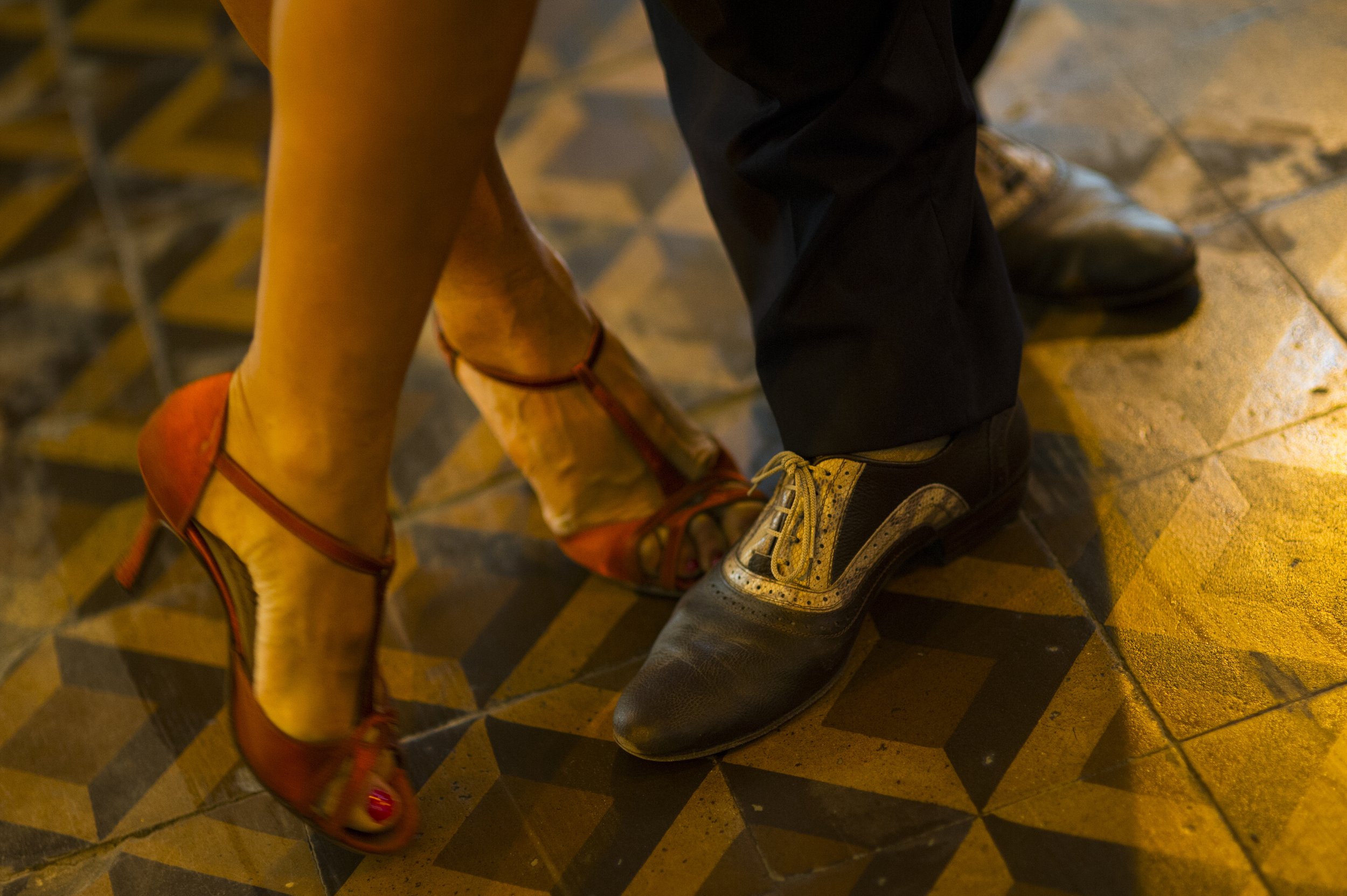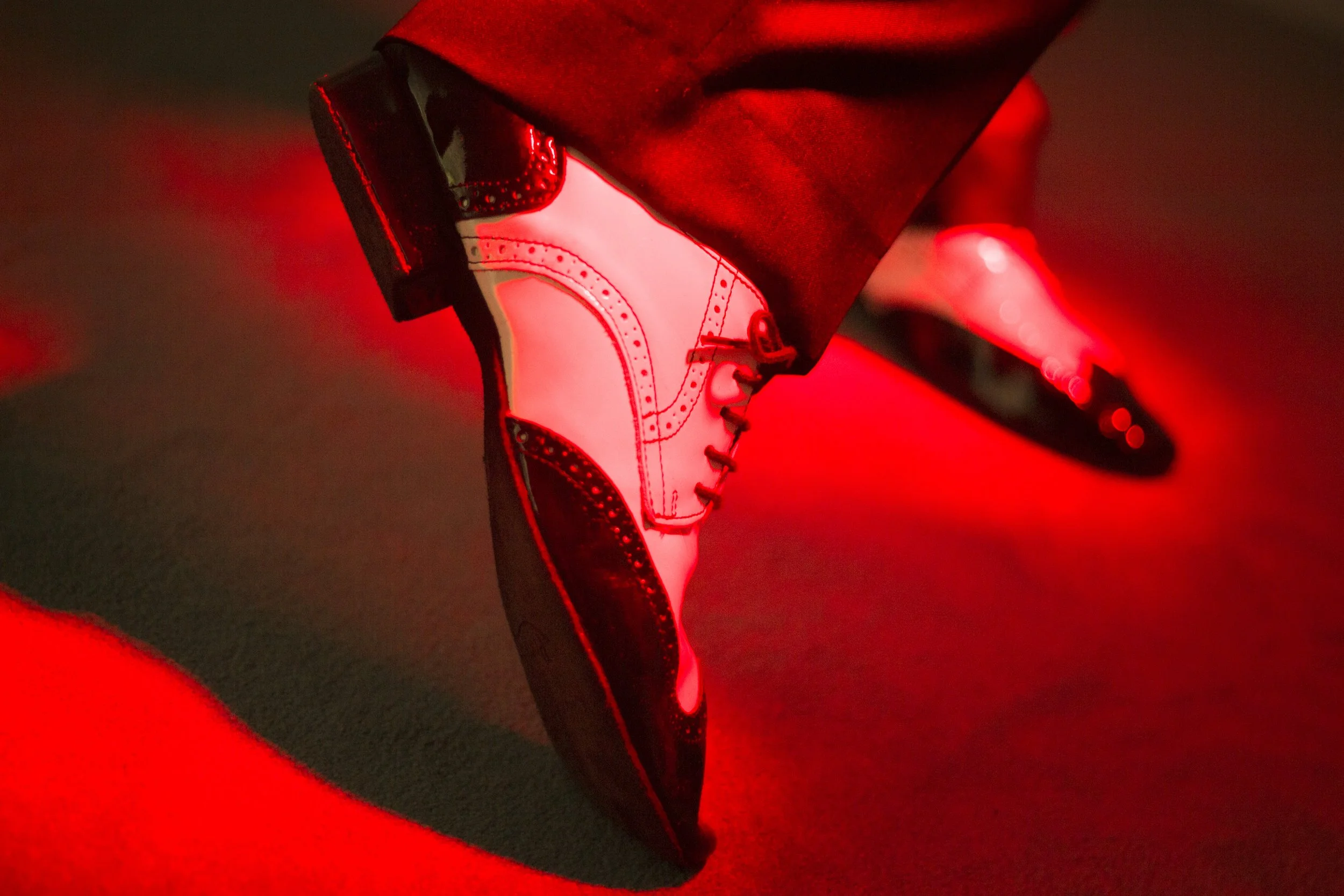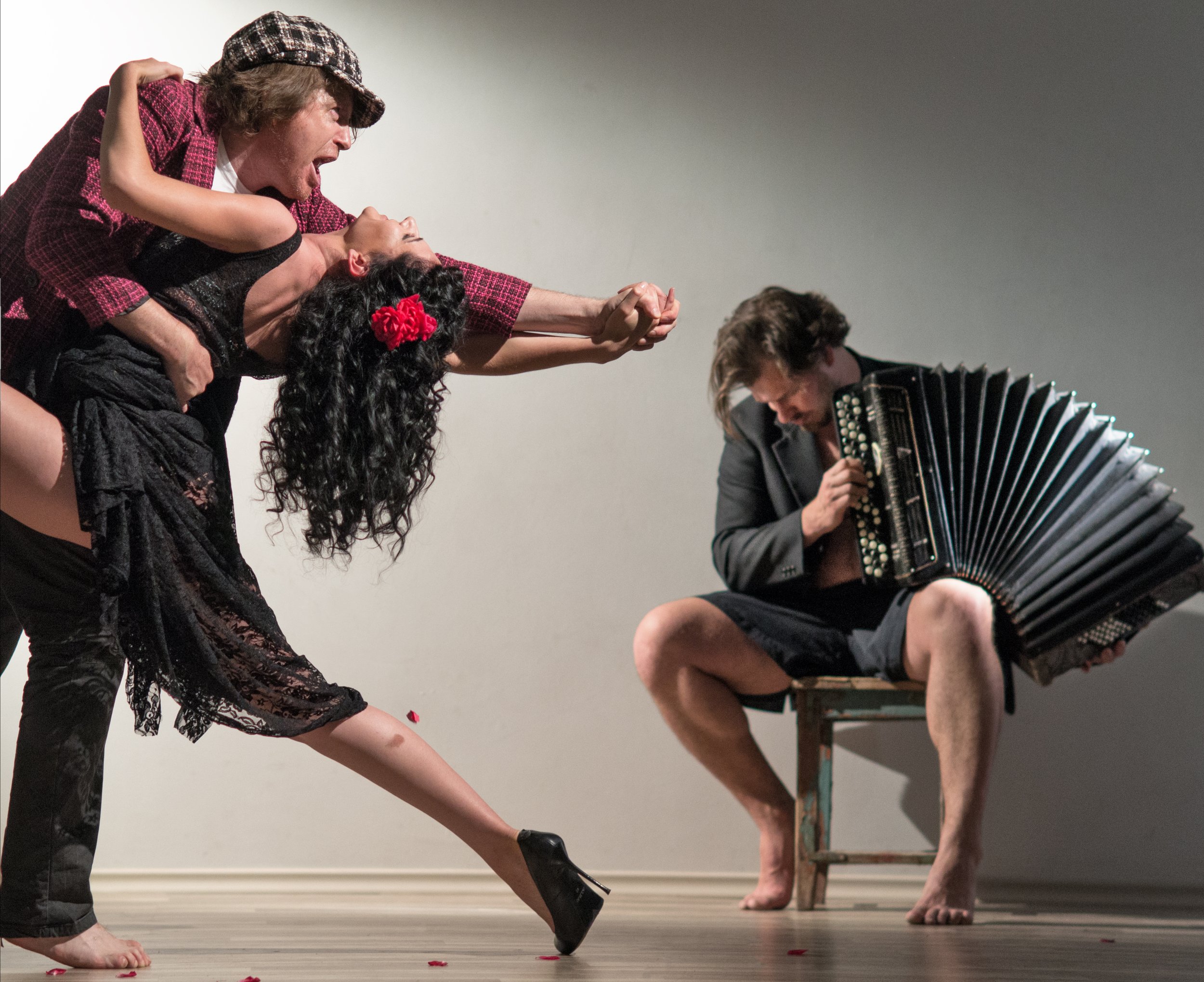Rudolph Valentino, better known simply as Valentino, was a Hollywood celebrity catapulted into stardom thanks to one iconic tango scene from the 1920s blockbuster The Four Horsemen of the Apocalypse.
Though his life and fame were rather short-lived, Rudolph Valentino's tango performance was what enabled him to nab more leading Hollywood roles until his untimely death in 1926.
However, despite his celebrity status, is Rudolph Valentino truly a tango dancer?
Read More



















